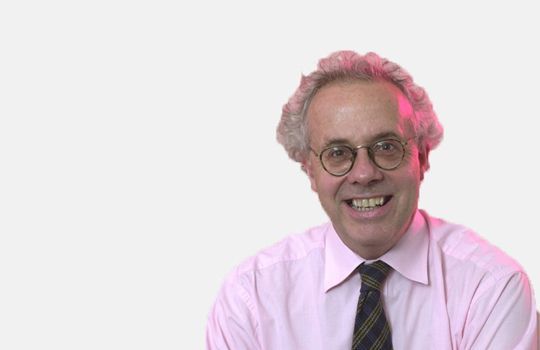![]() In the 1980s it was conventional wisdom that type 2 diabetes couldn’t be prevented, said Michael Engelgau of the US Centers for Disease Control and Prevention, when I chatted to him in Changzhi, China last week. The condition was treatable but not preventable. Dr Engelgau went onto to tell me about the thinking that led to the Diabetes Prevention Program, which showed conclusively that type 2 diabetes could be prevented. I found it an intriguing story that illustrates the prejudices and messiness that are the reality of research and which are usually obscured in traditional scientific papers.
In the 1980s it was conventional wisdom that type 2 diabetes couldn’t be prevented, said Michael Engelgau of the US Centers for Disease Control and Prevention, when I chatted to him in Changzhi, China last week. The condition was treatable but not preventable. Dr Engelgau went onto to tell me about the thinking that led to the Diabetes Prevention Program, which showed conclusively that type 2 diabetes could be prevented. I found it an intriguing story that illustrates the prejudices and messiness that are the reality of research and which are usually obscured in traditional scientific papers.
A small group in the 1980s disagreed that type 2 diabetes couldn’t be prevented. They thought that increasing physical activity and dieting might stop people with impaired glucose tolerance developing full diabetes. They found it impossible to conduct a trial in the US.
Those that believed that diabetes could be prevented included some Chinese. A famous book, 1421: The Year the Chinese Discovered the World, argues that the Chinese had mapped the whole world and “discovered” the Americas long before Columbus. As another example of the prescience of the Chinese, a trial to prevent type 2 diabetes, was undertaken in Da Qing in China.
The researchers screened over 100 000 men, identified 577 with impaired glucose intolerance, and randomised them to diet only, physical activity only, diet plus physical activity, or to the control group. Diet led to a 31% reduction in progression to diabetes, physical activity a 46% reduction, and diet plus exercise a 42% reduction. The results were published in Diabetes Care in 1997.
The results attracted much excitement, said Dr Engelgau, but few were really convinced. The study had been done in China, which was suspicious. Something had to be wrong. It wouldn’t work in the US.
Conventional wisdom had begun to accept, however, that perhaps type 2 diabetes could be prevented—but probably by drug treatment rather than lifestyle changes. The establishment was particularly excited by troglitazone, a new drug.
A trial, the Diabetes Prevention Program, funded by the National Institutes of Health, was thus devised to compare troglitazone, metformin, and lifestyle changes against placebo. Lifestyle changes were included but with much less enthusiasm, despite the Chinese study and a study from Finland published in 2001 “The validity of generalising the results of previous prevention studies is uncertain,” says the paper, which is “sciencespeak” for “we don’t believe them.”
Unfortunately for the establishment troglitazone proved dangerous. A patient died from liver complications that were thought to be caused by the drug, and it was dropped from the study. The final DPP paper does not mention troglitazone, but the study found that lifestyle changes reduced the incidence of diabetes by 58% and metformin by only 31%.
It’s hard not to believe that if troglitazone had proved safe and had reduced diabetes by as much as lifestyle changes then it would have been heavily promoted and used universally. As it was, little happened—partly perhaps because doctors were bored by lifestyle changes and partly because the lifestyle changes were perceived to depend upon an intensive—and therefore expensive—program.
Subsequently, however, the Centers for Disease Control and Prevention together with UnitedHealth (the company for which I work) have tested and established a simpler, scalable, and sustainable model for encouraging those at risk of diabetes of making lifestyle changes. That’s another story that I won’t tell as I might be thought too conflicted, but I’m fascinated by the research story and by how an intervention can move from impossible to widely available within 30 years.
Competing interest: RS is employed by the UnitedHealth Group, which together with other organisations—including the Centers for Disease Control and Prevention—has developed a scalable model for applying the results of the Diabetes Prevention Program.
